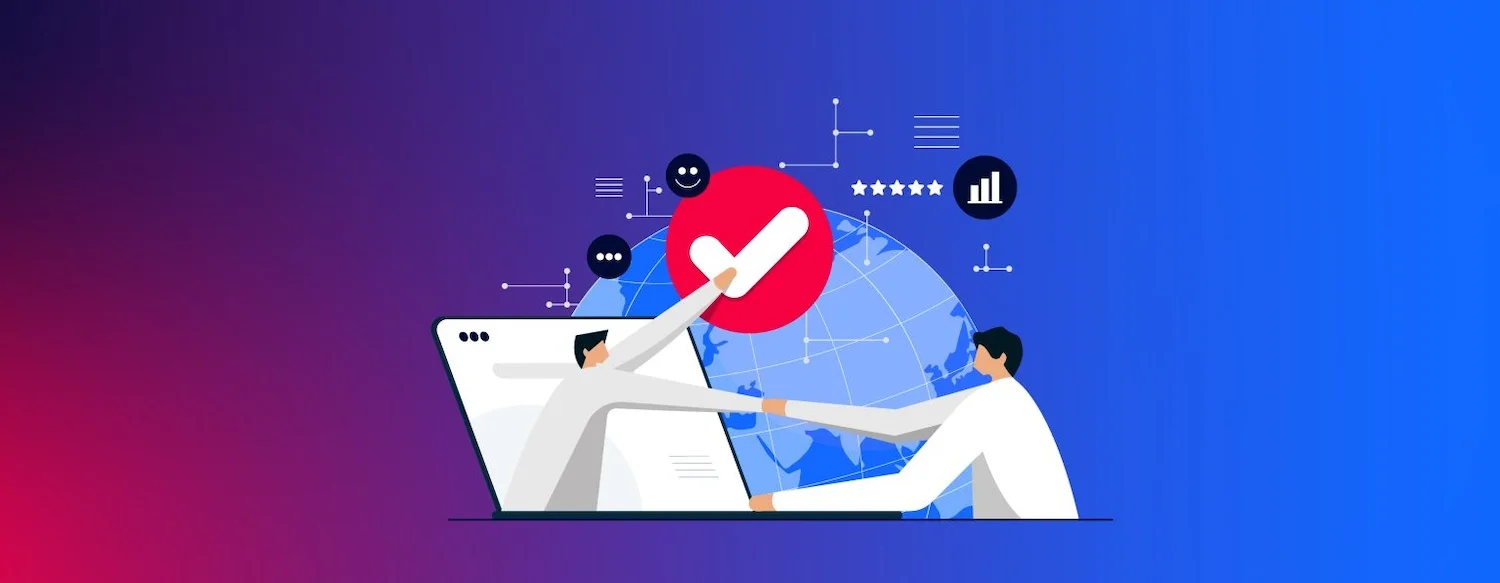
About the art of matchmaking: Building relevant connections 2.0
Monday, June 20, 2022
Julia Gaubatz
Reading time: 05:50 minutes
Finding the right match – Matchmaking at virtual Events
According to the dictionary, matchmaking is the process of matching two or more people. It is therefore about connecting the right people and establishing relationships with each other. Making new contacts and getting to know new relevant relationships is still a central reason for many event participants to attend an event or events in general.
But how is this possible in a virtual context when human contact is completely neglected? For some, it still seems to be an absolute contradiction to deepen, maintain and establish HUMAN relationships in a purely virtual or hybrid setting. For this reason, matchmaking plays a very special role in virtual events, as it is always assumed that these relationships cannot keep up with live interaction. But is this really the case, or are we perhaps making things a little easier for ourselves here?
For many years, virtual communities have been forming on gaming platforms and private groups across entire continents. On the World Wide Web, communities have been formed for many years that have never seen each other live but have built up such close relationships through common interests that they are in no way inferior to F2F and exist over time and space in the long term. Virtual matchmaking is therefore not as new to many people as it is to others. However, the framework has changed a bit and the realization has been gained that this potential should also be used from a professional point of view as well as from the view of economic aspects.
What makes the difference – virtual and F2F matchmaking?
Virtual matchmaking allows all participants to improve the quality of their matches in a measurable way, contributing significantly to the subjective success of the event. Especially the time factor often makes matchmaking a gauntlet of one or the other good or not so good contact. Since events are very limited in terms of time, it is important for everyone to use this resource ideally and to use it sensibly. Through analysis tools, which are already integrated in most software solutions, corresponding matches and their quality can be evaluated. They also show to what extent the parameters have been set correctly and are therefore also an important KPI for future events for the organizer.
Participants
In most matchmaking tools, sponsors, exhibitors, and participants can influence the extent to which they want to get in touch with certain people or groups of people, or which topics should be used for matching. Self-selected filters help to identify the right groups of people and give each participant the opportunity to decide for themselves with whom they will be matched. Participants also perceive the following aspects as positive:
- Easy and quick identification: of company backgrounds of people. Thus, it is easy for each participant to see which contacts are relevant and interesting.
- No travel: Conversations and meetings can be implemented regardless of location and enable exchange even without a long journey.
- Time saving: AI-based matchmaking can ensure that those with maximum profile overlap exist based on collected data and details of the participants.
- No small talk: In F2F meetings, own initiative and small talk are the entry point to approach the relevant topics of the counterpart. With virtual matchmaking, background checks and profile screenings can be used to gather important information before the first contact and start the conversation directly with a hook.
Matchmaking with relevant topics and documents
Not only is matchmaking with people significant, but also matching with relevant topics and documents. This includes, for example, the matching of job seekers and correspondingly suitable companies that have positions to fill in the relevant area. At a live event, there is a risk that participants will not be able to filter out the relevant information from the flood of information due to the broad mass and the overabundance of information, topics, and content, and will therefore miss out on topics despite the availability of information. This includes, for example, personalized videos with a regional focus, documents and factsheets with a targeted departmental focus, or lectures and workshops that address a specific organizational level. All these offerings are relevant – but only to a very specific target group.
Organizers
In addition to efficient visitor and exhibitor attendance, the expectations for organizers lie in facilitating the “matchmaking process” for visitors and exhibitors. Innovative technologies, ease of use, relevant data and advanced analytics are key elements to find solid and meaningful matches.
It is therefore important to find the right approach for yourself and the corresponding target group of attendees and thus create a balance in the KPI triangle based on data, analysis and feedback processes.
The focus is on the following aspects:
- Individualization: control of groups and creation of personal user journeys – thus, specific content can already be presented to the participants in advance which simplifies the matchmaking for them.
- Measurement: Possibility to measure the interactions and matches quantitatively and qualitatively and thus to recognize a ROI.
- Enhanced data collection: by actively playing out content to visitors, exhibitors and sponsors and thus further refining interactions and AI-powered matches .
- Match quality: increase satisfaction and the chance to meet the expectations of different participants. After all, the successful match is the one that fulfils its KPIs and meets the expectations of its participants.
- Lead generation: clear and direct targeting of leads and opportunities.
Interaction in a new dimension
Recently, the metaverse for virtual events has moved into a new focus. New 3D virtual environments are being created and labelled by experts as the new Internet 2.0. Here, virtual experiences are offered, with real-time 3D content where other media are linked together. Quite simply and unconstrained, one can immerse in a completely different form of matchmaking with VR glasses and experience an immersive Get2Gether that revolutionizes virtual networking in a simple and innovative way. This offers a whole new matchmaking opportunity for organizers and attendees. More information on how magnid can support is available HERE.
The difficulty with events in general is to meet the needs of all participants and to provide everyone with only those information, contacts and content that are directly relevant to people and companies. Since the expectations of each participant are very individual, there is a risk of losing participants and disappointment in the end if the focus is not maintained. Consequently, the crux is to meet and perhaps exceed everyone’s expectation.
Corona left us no choice and forced us to limit the so dear relationships (private as well as business), to a digital level. Now that everything is going back to F2F (Face-2-Face) it does not mean that this process must be forgotten again. Quite the opposite. The last 2 years have shown us how we can use the existing technologies for us, and we are very well able to act virtually with other people and build deep relationships and use the positive aspects and advantages for us to act efficiently and purposefully.
Virtual matchmaking has the potential to be an integral part of strategic meeting management programs to easily connect people and relevant content not only without barriers, but also regardless of location, time, and culture. Once you understand that virtual matchmaking is a great extra or add-on and in no way claims to replace F2F, you can get the best out of it for yourself and your virtual events and optimize this aspect to a great extent.

